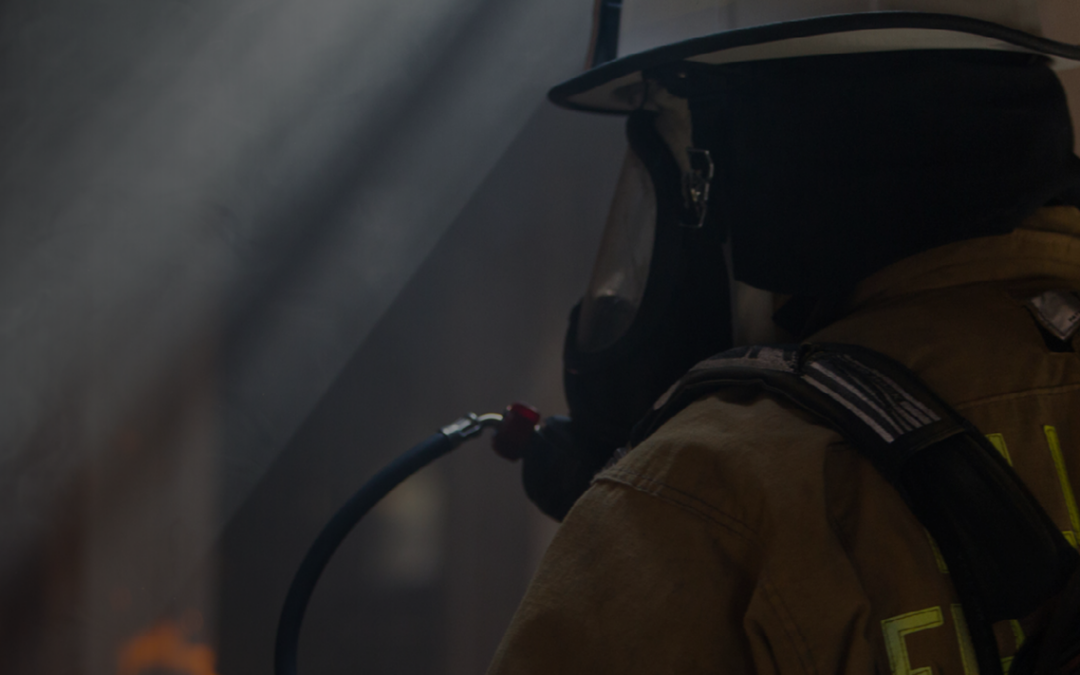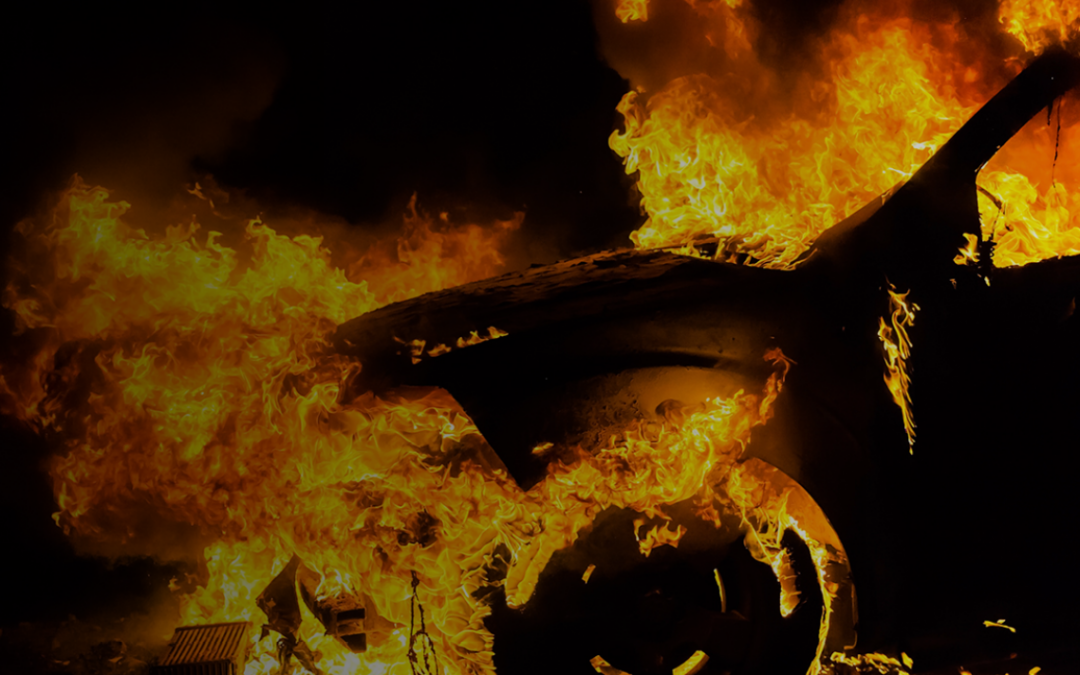PPE Decontamination for Firefighters
Category: Fire & Rescue
Gordon Graham here with Today’s Tip from Lexipol. Today’s Tip is for fire service personnel. Today I am going to talk about the importance of following proper PPE decontamination procedures.
Recognizing contamination pathways is the first step in educating firefighters on the importance of following decon procedures.
I’m sure that over the years you veterans have had this happened to you. You get back to the fire state, you show up early, you get in there, and you’re hit with the strong smell smell of smoke and other evidence that the crew has recently returned from a working fire. And while they’re telling you all the goings on at that fire all about the call, did you ever wonder, “Why are you exposing me to this toxic mess” and “Why didn’t you decon and wash your PPE, the cab of the apparatus and equipment someplace else?”
It’s a proven fact that decontamination procedures play an essential part in reducing cancer and maintaining the integrity of your PPE. Gone are the days of the blackened helmet and sooty turnouts “Oh, you look so cool” those days are gone folks. Today’s best practice is to remove contaminants and carcinogens immediately while still at the incident. At a minimum, perform quick decon with a brush and water to remove visible debris.
Recognizing contamination pathways is the first step in educating firefighters on the importance of following decon procedures. Inhalation, skin absorption, and ingestion are all ways the body is exposed. Inhaling of contaminants is the most common way they get into your bodies.
A properly fitted set of turnout gear is another element in minimizing firefighters’ exposure to dangerous carcinogens that can go undetected. The neck is the most vulnerable portion of the body that is only protected by a hood. Here’s a thought for you: Supplying firefighters with a second hood, a backup hood, can also reduce the number of carcinogens absorbed into the body.
Back at the station, thorough cleaning is critical to the complete decon of PPE. Remove the PPE in a sterile environment and use the manufacturer’s suggested cleaning agents in a turnout extractor. Don’t return a set of PPE to service until it has been cleaned, dried, and inspected for damage.
The best way to minimize firefighters’ exposure to carcinogens is education. Training firefighters in decon procedures and explaining the importance of each step is also required. Education, training, and prevention are all essential factors in developing comprehensive decon procedures.
And that’s Today’s Tip from Lexipol. Gordon Graham signing off.





